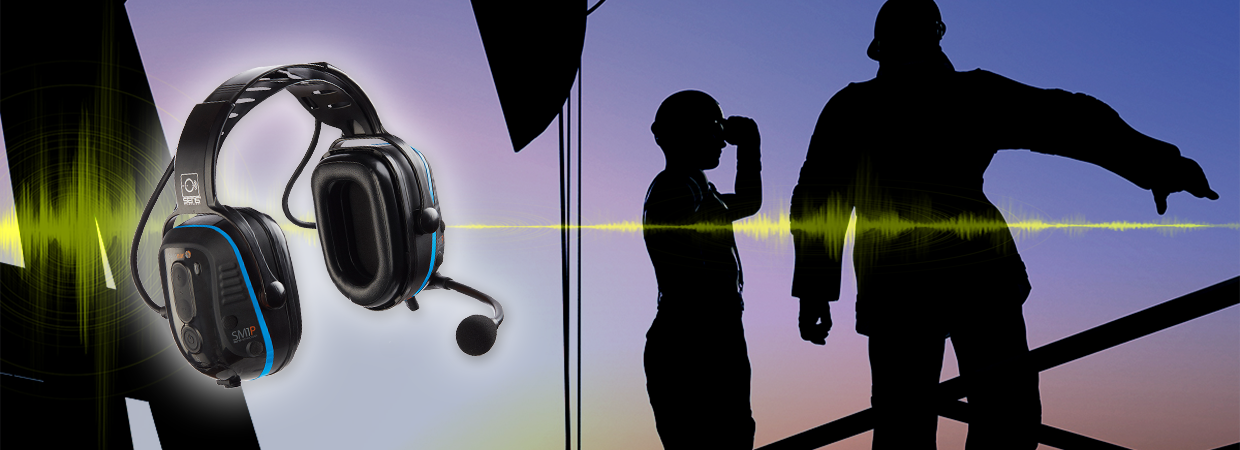- Home
- Blog
- High-Noise Communication
- The Importance of Communication in Industrial Environments

The Importance of Communication in Industrial Environments
Today’s society is comprised of a generation obsessed with productivity. Taking one look at any given city street can quickly reveal to anyone that 21st-century individuals are always “doing something.” For instance, an individual can walk from his or her favorite restaurant back to work while simultaneously sending emails right in the palm of his or her hand. This is a generation of multi-tasking and “getting things done,” so it is easy to understand why the emphasis in the workforce is placed on effectiveness, productivity, and efficiency. One of the primary goals of any level-headed employer can be summed up in a simple question: how can this workload be completed with greater efficiency and increased automation? As most people in the business world know, the answer is equally simple. Communication is the key to workplace productivity and efficiency - especially within industrial environments. Those who are interested in learning more about the importance of communication within the scope of industrial environments may benefit from reading the information below.
Communication and Safety
One of the primary reasons for clear, quality communication methods in loud work environments is the overall safety of employees. In this sense, communication truly is a “need” within the industrial workforce. The number one priority of all employers is the safety of their employees; an injured employee is hardly a productive one. Since safety comes first, communication has quickly become a related top priority. Why the emphasis on communication in relation to safety? These points highlight some of the key reasons:
- Without a clear way to communicate in overly loud work environments, it can be nearly impossible to give correct direction. It is only a matter of time before someone misinterprets direction and mishandles a piece of dangerous machinery.
- Without a way to safely hear alarms or other important audible signals, it is impossible for employees to move out of harm’s way in the event of an accident. For instance, if a piece of machinery malfunctions and the alarm cannot be discerned, a worker could be seriously injured or even killed.
- Without quality communication equipment, such as headsets, overly loud environments can lead to a series of hearing impairments or even deafness for employees.
Communication and Clarity
Without quality communication equipment, it can be nearly impossible to carry on a clear conversation in a noisy industrial work environment. Without communication, productivity becomes decreased by a significant margin. Recent research indicates that successful communication is needed in every area of life to forge through conflict and reach goals. How much more so must communication apply to the workforce? It would not be an overstatement to claim that productivity cannot take place efficiently without quality communication equipment.
Communication and Correct Execution
Every employer has experienced the frustration of attempted and failed communication with employees. Teaching an employee a new skill, for example, can be incredibly discouraging if the communication process does not go well. The employee may end up leaving the conversation without a good handle on the new skill, resulting in future mistakes and decreased productivity. Quality communication equipment allows employers and employees to stay “on the same page,” so to speak. Tasks can be explained more thoroughly and employees can understand more clearly, which in turn leads to employees’ ability to confidently execute the new tasks correctly.
To learn more about the importance of communication equipment in industrial work environments, contact one of the experts at Sensear. Communication has and always will be an essential aspect of quality communication and productivity in the workplace. Sensear is dedicated to making clear communication and the benefits therein a reality for today’s workforce.







